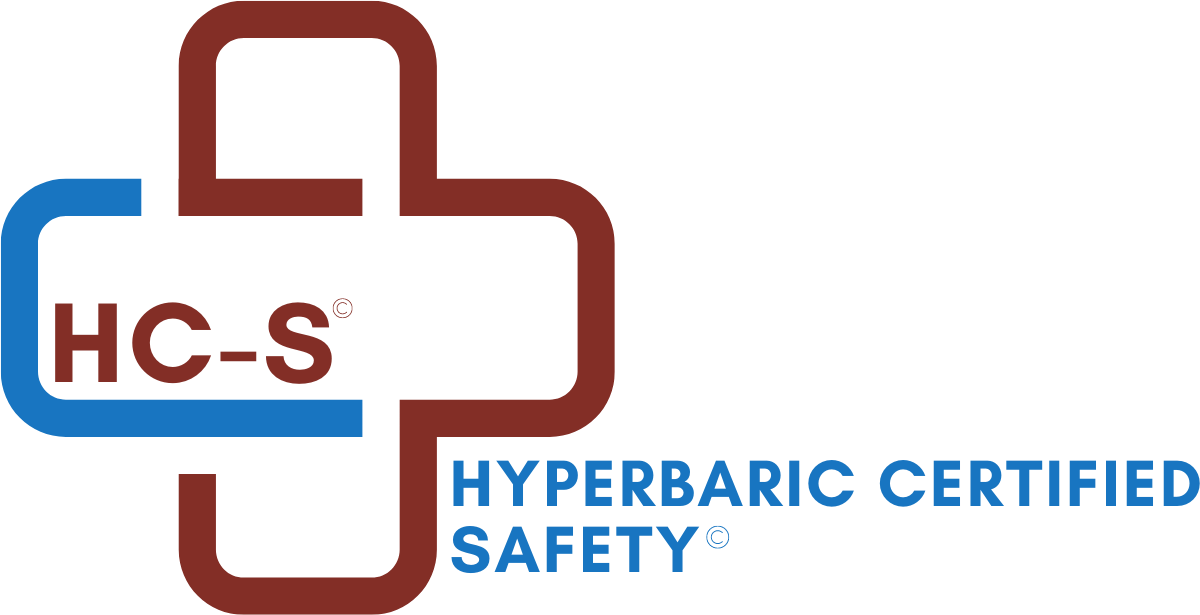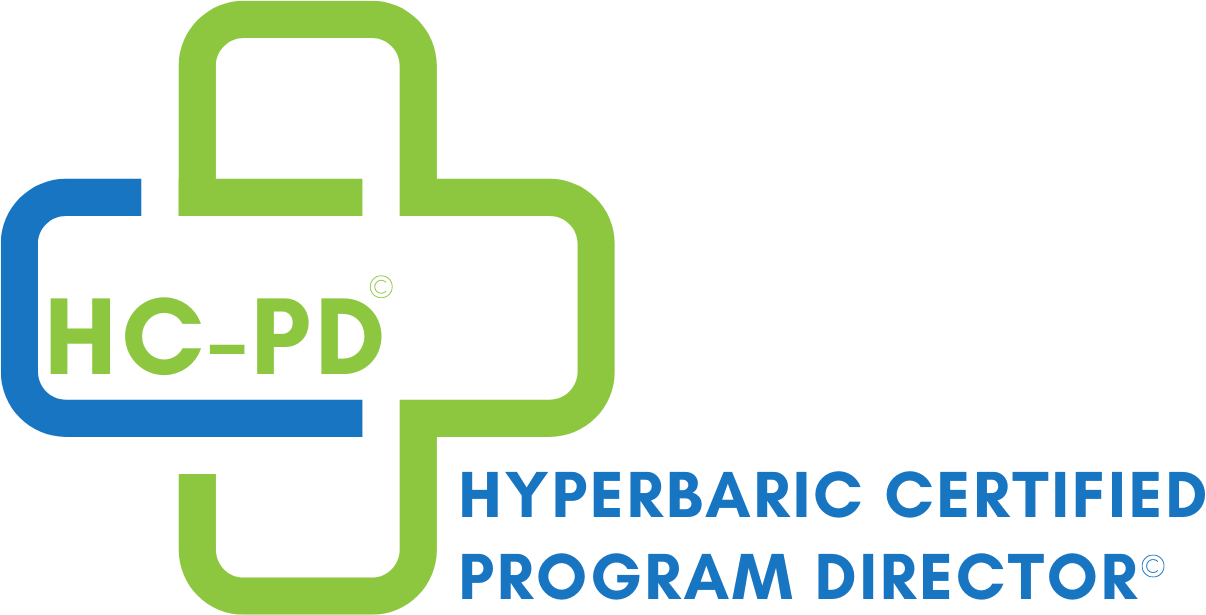QI Part 2: Leadership and Hyperbaric Facility Safety
What does it take to develop and implement a strong Quality Improvement program? It begins with leadership. The leadership is responsible for developing strategies and processes for the care and safety of patients and personnel. The leadership assigns a safety director whose primary focus is to provide a safe environment and seek ways to improve the safety of the environment. This is accomplished by playing a significant role in implementing and developing successful QI projects.
The safety director has a key role in creating a culture of safety.
Resistance to change is the most common barrier to QI. The safety director must recognize this and help to eventually overcome resistance by encouraging a constant commitment to safety. The safety director has a key role in creating a culture of safety by continually putting into practice safety related QI initiatives within the organization. Big changes can be disruptive. It is easier to work within existing cultural boundaries and make small improvements. Backlash from employees is reduced and commitment to improvement is more likely when the process is fully understood and staff understand that improvement is a work in progress. Looking closely at hyperbaric unit activities will give all staff members a clear picture of how important QI is as it relates to safety. Many of these safety issues and potential QI initiatives can be addressed in monthly staff meetings, which in turn will increase staff awareness.
After discerning leadership objectives and considering regulatory requirements, opportunities for improvement need to be identified. Leadership objectives include the following:
- acknowledgment of high-risk and error-prone activities
- seeking solutions to vulnerabilities
- and a willingness to direct organizational resources to this process.
Learn More
Source Reference: Excerpted from Hyperbaric Facility Safety: A Practical Guide, Second Edition with permission from the publisher. Reference Chapter 6.9 by Tina Ziemba - Diehl, RN, ACHRN, CHT
Online Education: Earn continuing education credits in wound care and hyperbaric medicine with online, on-demand courses.
Find your course HERE
Basic Training in Hyperbaric Medicine: Take the UHMS and NBDHMT approved 40-hour Introduction to Hyperbaric Medicine to learn the key fundamental elements and concepts in practicing hyperbaric medicine safely and effectively. Find your course today! Upcoming Livestream Courses
Hyperbaric Safety Director Training: Take steps to improve your knowledge and understanding of hyperbaric safety with the UHMS and NBDHMT approved 16-hour Introduction to the Role of Hyperbaric Safety Director to review hyperbaric safety and emergency procedure development for your facility.
When you subscribe to the blog, we will send you an e-mail when there are new updates on the site so you wouldn't miss them.


